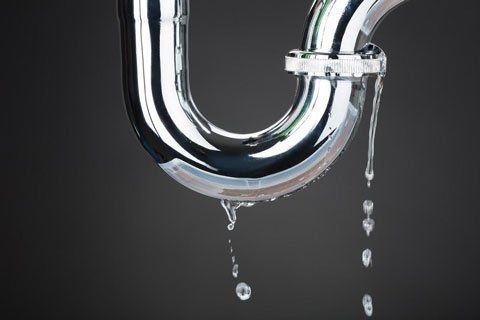What're your ideas regarding Leaking water lines?

Early detection of dripping water lines can mitigate a possible calamity. In addition to conserving you money, it will certainly lessen the worry and also frustration. The moment you find a leakage, calling your plumber for repair work is the best remedy. Some tiny water leakages may not be visible. Below are some hacks that assist if you can not identify it with your naked eyes.
1. Analyze the Water Meter
Every home has a water meter. Checking it is a guaranteed way that helps you find leakages. For beginners, switch off all the water sources. Ensure nobody will purge, use the tap, shower, run the washing equipment or dishwasher. From there, most likely to the meter as well as watch if it will change. Considering that no one is using it, there ought to be no activities. That indicates a fast-moving leakage if it relocates. Similarly, if you find no changes, wait an hour or more as well as examine back once more. This means you may have a sluggish leakage that can also be below ground.
2. Inspect Water Intake
Analyze your water costs and also track your water intake. As the one paying it, you must notice if there are any kind of inconsistencies. If you spot sudden changes, regardless of your consumption coinciding, it indicates that you have leaks in your plumbing system. Bear in mind, your water expense should fall under the very same array on a monthly basis. An abrupt spike in your expense suggests a fast-moving leak.
A constant boost every month, also with the same habits, shows you have a sluggish leakage that's likewise gradually rising. Call a plumber to thoroughly check your building, particularly if you really feel a warm area on your floor with piping below.
3. Do a Food Coloring Test
When it pertains to water usage, 30% originates from commodes. Test to see if they are running properly. Decrease specks of food shade in the tank and also wait 10 minutes. If the shade in some way infiltrates your bowl during that time without flushing, there's a leak between the container and also bowl.
4. Asses Outside Lines
Do not forget to inspect your outdoor water lines as well. Ought to water permeate out of the connection, you have a loose rubber gasket. One small leak can throw away heaps of water and spike your water bill.
5. Examine as well as Evaluate the Scenario
Property owners should make it a behavior to examine under the sink counters and also also inside cupboards for any type of bad odor or mold and mildew development. These 2 red flags indicate a leak so timely attention is required. Doing regular examinations, also bi-annually, can conserve you from a major issue.
Inspect for stainings and also weakening as the majority of pipes and devices have a life expectancy. If you believe dripping water lines in your plumbing system, don't wait for it to rise.
Early discovery of dripping water lines can alleviate a potential calamity. Some small water leakages might not be visible. Inspecting it is a proven means that aids you discover leakages. One little leak can lose tons of water and surge your water costs.
If you think leaking water lines in your plumbing system, don't wait for it to intensify.
WARNING SIGNS OF WATER LEAKAGE BEHIND THE WALL
PERSISTENT MUSTY ODORS
As water slowly drips from a leaky pipe inside the wall, flooring and sheetrock stay damp and develop an odor similar to wet cardboard. It generates a musty smell that can help you find hidden leaks.
MOLD IN UNUSUAL AREAS
Mold usually grows in wet areas like kitchens, baths and laundry rooms. If you spot the stuff on walls or baseboards in other rooms of the house, it’s a good indicator of undetected water leaks.
STAINS THAT GROW
When mold thrives around a leaky pipe, it sometimes takes hold on the inside surface of the affected wall. A growing stain on otherwise clean sheetrock is often your sign of a hidden plumbing problem.
PEELING OR BUBBLING WALLPAPER / PAINT
This clue is easy to miss in rooms that don’t get much use. When you see wallpaper separating along seams or paint bubbling or flaking off the wall, blame sheetrock that stays wet because of an undetected leak.
BUCKLED CEILINGS AND STAINED FLOORS
If ceilings or floors in bathrooms, kitchens or laundry areas develop structural problems, don’t rule out constant damp inside the walls. Wet sheetrock can affect adjacent framing, flooring and ceilings.
https://www.servicemasterbyzaba.com/blog/how-to-detect-water-leakage-in-walls/

Hopefully you enjoyed our section on Top leak detection hacks. Thanks for taking time to read our post. Sharing is good. Helping others is fun. Thank-you for your time spent reading it.